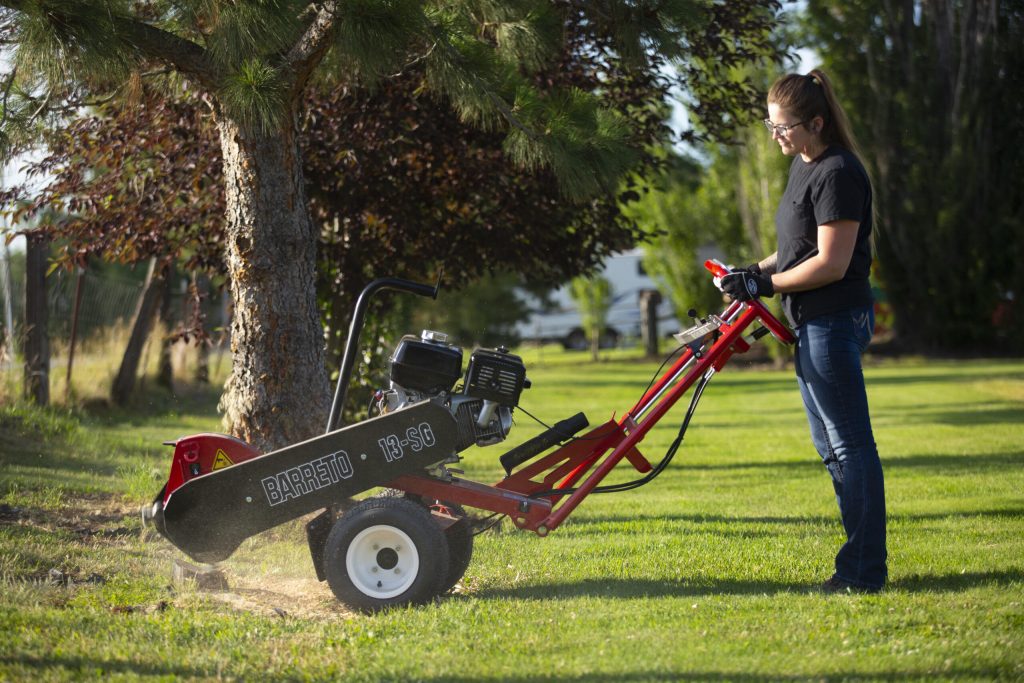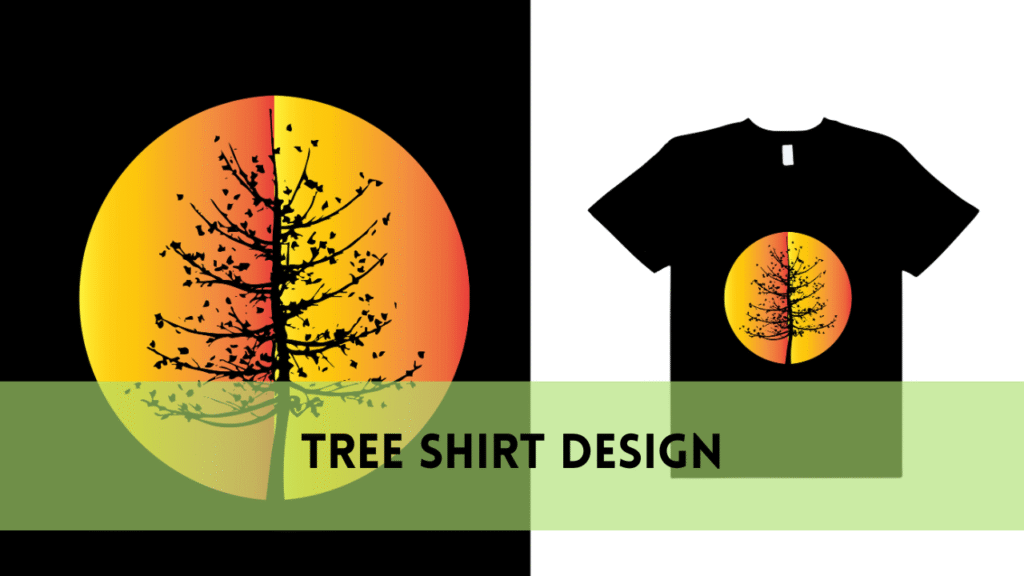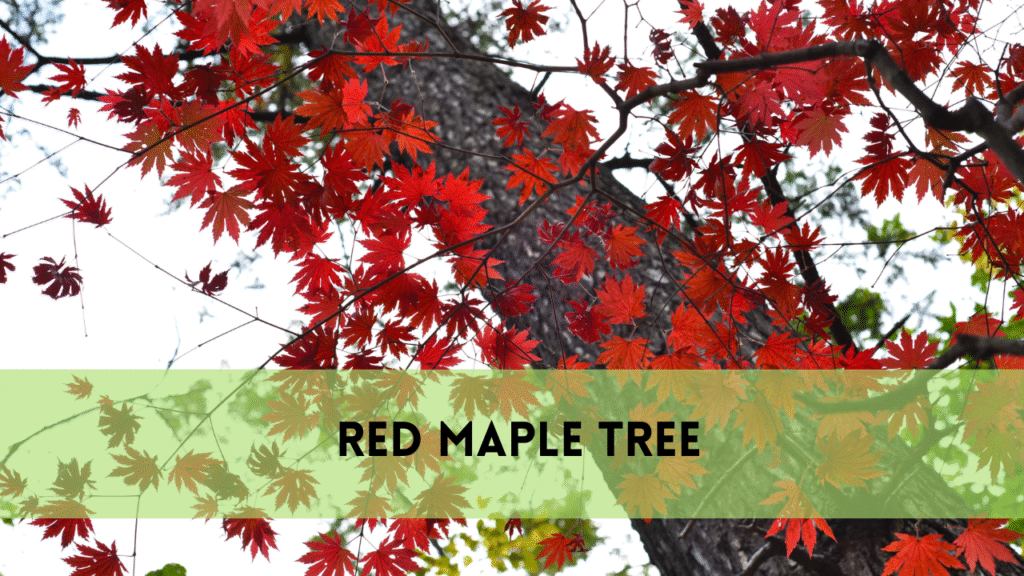Your home’s safety and security take precedence when the weather turns gloomy and a severe storm approaches. Tempests can carry with them a flood of damaging powers, from furious breezes to beating precipitation, and here and there, they abandon a tumultuous consequence afterward. One normal and possibly expensive issue property holders face after storms is managing fallen trees. These transcending goliaths, when tough and superb, can change into dangers when the weather conditions get really ugly.
You might end up posing a significant inquiry: Does mortgage holder’s protection cover the costs of eliminating fallen trees from your property after a tempest? It’s a legitimate concern, and in this blog entry, we will investigate this point top to bottom to give you the information you want to explore such circumstances. Learn Homeowners Insurance Cover Tree Removal After Storms?
Understanding Homeowners Insurance Cover Tree Removal After Storms

Before we plunge further into whether property holders protection covers tree evacuation after storms, we should start by laying out a strong comprehension of what property holders protection is and what it expects to achieve.
What is Property holders Protection?
A financial contract between you and an insurance company is homeowner’s insurance, also known as home insurance. Its main role is to give assurance to your home, individual possessions, and your monetary prosperity in case of different unanticipated conditions. These conditions, known as covered dangers, regularly include:
- Fire and smoke harm
- Burglary and defacement
- Harm from windstorms and hail
- Risk for mishaps on your property
- And then some…
Mortgage holders protection isn’t lawfully needed in each state, yet a shrewd speculation for anybody possessing a home. Contract banks frequently require it as a condition for giving a home credit, guaranteeing that their speculation is shielded against expected gambles.
Standard Inclusions in a Property holders Insurance Contract
A standard property holders insurance contract ordinarily comprises of a few key inclusions:
Housing Insurance: This covers the design of your home, including the walls, rooftop, floors, and inherent apparatuses.
Coverage for Personal Property: This covers your own effects, like furnishings, apparel, and hardware, in the event that they are harmed, obliterated, or taken.
Responsibility Inclusion: This gives insurance assuming somebody is harmed on your property and chooses to sue you for clinical costs and different harms.
Extra Everyday costs (Lager) Inclusion: Beer helps cover the expenses of brief lodging, similar to an inn, on the off chance that your home becomes dreadful because of a covered hazard.
Different Designs Inclusion: This covers structures on your property that are not joined to your fundamental dwelling, like an isolated carport or a shed.
Now that we’ve laid out the essentials of mortgage holders protection, you may be considering the way in which this all connects with the subject of tree expulsion after storms. The association lies in the covered risks and the particular conditions under which your arrangement might become possibly the most important factor.
Storm Damage and Fallen Trees
Storms are unusual powers of nature, equipped for unleashing devastation in different structures. From the persistent breezes of storms and twisters to the heavy deluges of rainstorms, these climate occasions can result in a path of obliteration afterward. Dealing with fallen trees is one of the most common issues homeowners encounter following such storms.
A. Sorts of Tempest Harm Prompting Fallen Trees
Storms: These strong hurricanes can evacuate even the most vigorous trees, frequently causing broad harm to homes, vehicles, and scenes.
Thunderstorms: Extreme rainstorms with solid breezes can snap branches or overturn whole trees, presenting prompt dangers to property and security.
Tornadoes: The rapid breezes related to cyclones can destroy trees, transforming them into perilous shots.
B. The Risks of Fallen Trees
While a transcending tree crashes down during a tempest, it can present huge risks and property harm:
Underlying Harm: A fallen tree can harm your home’s rooftop, walls, windows, or establishment, prompting expensive fixes.
Impeded Admittance: Trees impeding carports or doorways can thwart crisis administrations, making it fundamental for eliminating them instantly.
Individual Injury: Trees falling on vehicles, designs, or even people can bring about wounds or more awful.
Utility Disturbances: Trees might stop power lines, causing blackouts and extra wellbeing risks.
The Impact of Storm-Related Tree Damage in Real Life
In 2019, wind and hail damage, which frequently involves fallen trees, accounted for more than 30% of all homeowners insurance losses, according to the Insurance Information Institute (III).
By and large, there are more than 1,000 twisters, 10,000 serious rainstorms, and endless typhoons in the US every year, all of which can prompt tree-related harm.
When it comes to safeguarding your assets and finances from the potential effects of storm-related tree damage, these figures highlight the significance of understanding your homeowners insurance policy.
The Role of Homeowners Insurance
Let’s get down to the essential question now that we’ve examined the various forms of storm damage and the potential dangers posed by fallen trees: How does property holder protection squeeze into the situation, and under what conditions does it take care of tree expulsion costs after storms?
A. Figuring out Mortgage holders Protection Inclusion
Mortgage holders protection is intended to give monetary security to your home and individual property in case of specific covered hazards. The inclusion you get will rely upon the particulars of your strategy, which can change between protection suppliers and districts. Here is a concise outline of how property holders protection ordinarily works:
Covered Risks: Your approach will determine the occasions or hazards it covers. Normal covered hazards incorporate fire, robbery, defacing, and windstorm harm, which can connect with fallen trees.
Deductibles: Most property holders insurance contracts have deductibles, which are the personal costs you should pay before your protection inclusion kicks in.
Strategy Cutoff points: Policies frequently have coverage limits, which stipulate a maximum amount that your insurer will cover for certain losses.
B. Situations in which Tree Removal May Be Covered by Homeowners Insurance
Harm to a Covered Construction: If a tree falls on your house, garage, or other covered structure, your homeowners insurance probably will pay for the tree’s removal and repair. This is on the grounds that harm to the construction is a typical covered risk.
Impeded Admittance to Property or a Covered Design: On the off chance that a fallen tree blocks admittance to your property or keeps you from utilizing a covered construction, your strategy might take care of the expense of tree evacuation. This is much of the time considered a type of “extra everyday costs” (Beer) inclusion.
Harm to Individual Property: In the event that a fallen tree harms individual property covered by your strategy, for example, a vehicle left on your property, your mortgage holder’s protection might cover the misfortune.
C. Strategy Limits and Deductibles
It’s critical to know about expected restrictions in your approach that could influence inclusion for tree expulsion after storms. Here are a few elements to consider:
Deductibles: Your insurance may not reimburse you if the cost of removing the fallen tree is less than your deductible. Survey your strategy to grasp your deductible sum.
Limits on coverage: Check your policy’s terms and conditions to see if there are any restrictions on how much you can spend on tree removal.
Negligence and upkeep: Insurance contracts regularly won’t cover tree evacuation assuming the tree fell because of unfortunate support or disregard. Ordinary tree upkeep can assist with forestalling likely issues.
Tree Removal Costs
Managing the outcome of a tempest frequently includes the tremendous cost of eliminating fallen trees from your property. Understanding these expenses is urgent as you explore the most common way of making a property holder’s protection guarantee for tree evacuation. This is the very thing that you want to be aware:
Assessing Tree Expulsion Expenses
The expense of eliminating a fallen tree can fluctuate generally founded on a few elements:
Tree Size: Bigger trees for the most part require more work and hardware to eliminate and, in this manner, will generally be more costly to address.
Location: The removal of trees that have fallen in difficult or difficult-to-reach locations may require specialized equipment, which will raise the cost.
Harm Degree: Assuming the fallen tree made broad harm designs or utilities, the evacuation cycle can turn out to be more intricate and expensive.
Proficient Administrations: Recruiting an expert tree evacuation administration is fitting for wellbeing and proficiency. The expenses charged by these experts can fluctuate, so acquiring numerous quotes is fundamental.
Immediate Removal: Assuming that the circumstance is earnest and requires prompt consideration, crisis tree evacuation administrations might cost more because of the quick reaction.
Protection and Tree Evacuation Expenses
With regards to property holders protection and tree evacuation costs, think about the accompanying:
Your property holders insurance contract might cover the full or fractional expense of tree evacuation in specific situations, as examined in Segment 4. In any case, you ought to actually look at your approach for explicit subtleties and constraints.
In the event that the expense of tree evacuation is not exactly deductible, it probably won’t check out to record a case, as you would be liable for covering the costs from cash on hand.
Report the harm and accumulate gauges from legitimate tree expulsion experts to give to your insurance agency during the case cycle.
Moves toward Take After Tempest Harm
After a tempest, it’s pivotal to find the accompanying ways to guarantee a smooth interaction while managing fallen trees:
Maintain Safety: Your safety should come first. Avoid brought down electrical cables and shaky trees. Just methodology the region once it’s protected to do as such.
Record the Harm: Take clear photos of the fallen tree, the harm it caused, and its area. Your insurance claim will be supported by detailed documentation.
Contact Your Insurance Agency: Report the harm to your insurance agency immediately. Furnish them with all the essential data, including your arrangement number and the degree of the harm.
Get Different Evaluations: Get gauges from legitimate tree evacuation experts to evaluate the expense of expulsion. These evaluations will be significant while documenting your case.
Moderate Further Harm: On the off chance that it’s protected to do as such, do whatever it takes to forestall further harm, like covering uncovered regions with canvases or blocking harmed structures.
Follow the Protection Cases Interaction: Work intimately with your insurance agency to explore the cases’ interaction. Give all mentioned documentation and data expeditiously.
By making these strides, you can assist the method involved with getting the fallen tree eliminated and get the fitting pay from your mortgage holders protection if material.
Steps to Take After Storm Damage
The experience of dealing with the storm’s aftermath can be nerve-wracking and stressful. To explore what is going on actually and guarantee you get the important help, making the right strides is fundamental. Here is a complete aide on what to cause after storm harm including fallen trees:
Guarantee Security First
Remain Informed: Screen neighborhood climate projections and adhere to true directions for remaining protected during and after the tempest.
Evaluate Risks: Hold on until specialists affirm wandering outside is protected. Be careful with bringing down electrical cables, unsteady trees, and other expected perils.
Check for Wounds: Make sure that you, your family, and any neighbors are safe. Look for clinical help for wounds depending on the situation.
Report the Harm
Take Photographs and Recordings: Catch clear pictures and recordings of the tempest’s repercussions, including fallen trees, harmed designs, and individual property. When submitting a claim for insurance, these images will be extremely helpful.
Note Subtleties: Make composed notes about the degree of the harm, the date and season of the tempest, and any underlying advances you take to relieve further harm.
Contact Your Insurance Agency
Inform Your Safety net provider: When it’s protected to do as such, contact your property holders insurance agency to report the harm. Give your strategy number and a point by point depiction of the circumstance.
Figure out Your Inclusion: For clarification regarding your policy’s coverage for tree removal and fallen trees, contact your insurer. Comprehend your deductible and any limits that might apply.
Get Numerous Assessments for Tree Evacuation
Demand Proficient Assessments: Contact legitimate tree expulsion experts for gauges on the expense of eliminating fallen trees. It’s prudent to get numerous statements to guarantee a fair evaluation.
Share Evaluations with Your Back up plan: Give the appraisals to your insurance agency as a component of the cases cycle. This will assist with deciding how much remuneration you might get.
Alleviate Further Harm
Impermanent Fixes: On the off chance that it’s protected and attainable, do whatever it takes to forestall further harm. Cover uncovered regions with canvases, block broken windows, or make impermanent fixes to safeguard your property.
Forestall Water Interruption: Address any rooftop harm or penetrations that could permit water to enter your home. Water harm can intensify what is happening and lead to additional critical fixes.
Follow the Protection Cases Interaction
Report Everything: All correspondence with your insurance company should be meticulously documented, including names, dates, and specifics of conversations.
Send in the Required Documents: Give all mentioned documentation, including photographs, gauges, and any extra data your safety net provider requires.
Show restraint: The case interaction might take some time, particularly after a far and wide tempest. Remain patient and circle back to your safety net provider on a case by case basis.
Audit the Settlement: Review the settlement offer carefully to make sure it meets your expectations and covers the necessary costs after your insurance company has evaluated the damage and your claim.
Additional Considerations
With regards to mortgage holders protection and tempest related tree harm, there are a few significant contemplations past the essential inclusion. These elements can impact your capacity to safeguard your property and explore the case’s interaction really.
Preventive Measures
Normal Tree Support: To diminish the gamble of fallen trees during storms, put resources into normal tree support. Prune dead or powerless branches and eliminate any trees that represent a huge danger.
Home Investigation: Consider an expert home review to recognize likely weaknesses in your property, for example, temperamental trees near your home.
Endorsements for Additional Coverage Options:
Some protection suppliers offer supports or riders that can upgrade your inclusion for explicit dangers, including tree harm. Ask about these choices with your back up plan.
Flood Protection: Flood damage, which can be caused by heavy rainfall during storms, is typically not covered by homeowners insurance. In the event that you live in a flood-inclined region, think about buying a different flood insurance contract.
Provincial Varieties
Strategy Contrasts: Policies for insurance can be very different from region to region and even state to state. It is essential to comprehend the particulars of your policy based on your location due to the possibility of differences in regulations and coverage options.
Neighborhood Building regulations: Find out more about nearby construction laws and guidelines connected with tree evacuation, particularly on the off chance that the fallen tree has impacted utilities or designs.
Correspondence with Neighbors
Planning with Neighbors: Maintain open lines of communication with your insurance companies and your neighbors if a fallen tree on your property causes damage or liability issues.
Tree Replacement
After tree evacuation, consider establishing new trees in more secure areas to keep up with the tasteful allure of your property while limiting future dangers.
Proficient Help
Protection Specialist: Your insurance specialist can be a significant asset for understanding the subtleties of your contract and giving direction all through the cases cycle.
Tree Expulsion Specialists: Depend on proficient tree evacuation specialists for protected and effective tree expulsion. They can likewise give documentation and assessments that will be vital for your protection guarantee.
FAQs
Does mortgage holders’ protection cover tree expulsion in the event that a tree falls on my property yet harms no designs?
Much of the time, mortgage holders’ protection won’t take care of the expense of eliminating a tree that falls on your property without causing harm to covered structures. Protection commonly covers tree expulsion when the tree harms your home, carport, or other covered designs, or when it blocks admittance to your property.
Are there any impediments to tree evacuation inclusion in mortgage holders insurance contracts?
Yes, there might be restrictions. Insurance contracts frequently have inclusion limits, and that implies there’s a most extreme sum the guarantor will pay for tree expulsion costs. Moreover, your strategy might have a deductible that you should meet before inclusion kicks in. To fully comprehend these restrictions, you must examine your policy.
Could I at any point eliminate fallen trees myself regardless of recording a protection guarantee for repayment?
It’s by and large prudent not to eliminate fallen trees yourself prior to reaching your insurance agency. The claims process could be made more difficult if the tree is removed without proper documentation and evaluation by a professional. Continuously report the harm to your guarantor first and heed their direction.
How would it be a good idea for me to respond on the off chance that a fallen tree on my property harms my neighbor’s property?
In such cases, contact your insurance agency right away and illuminate your neighbor also. Mortgage holders protection normally covers harm made by your trees and your neighbor’s property. Your back up plan will explore what is happening and may give remuneration to your neighbor to the harm.
Conclusion
Exploring the consequence of tempest related tree harm and understanding the job of mortgage holders protection in taking care of tree expulsion expenses can be a mind boggling try. In any case, furnished with information and the right methodology, you can actually safeguard your property and funds.
You will be able to face the challenges of storm-related tree damage with greater confidence if you take these steps and think about these things. Recall that mortgage holders insurance is an important device for safeguarding your home and property, yet grasping your contract and sticking to legitimate strategies are significant for a fruitful cases process.




